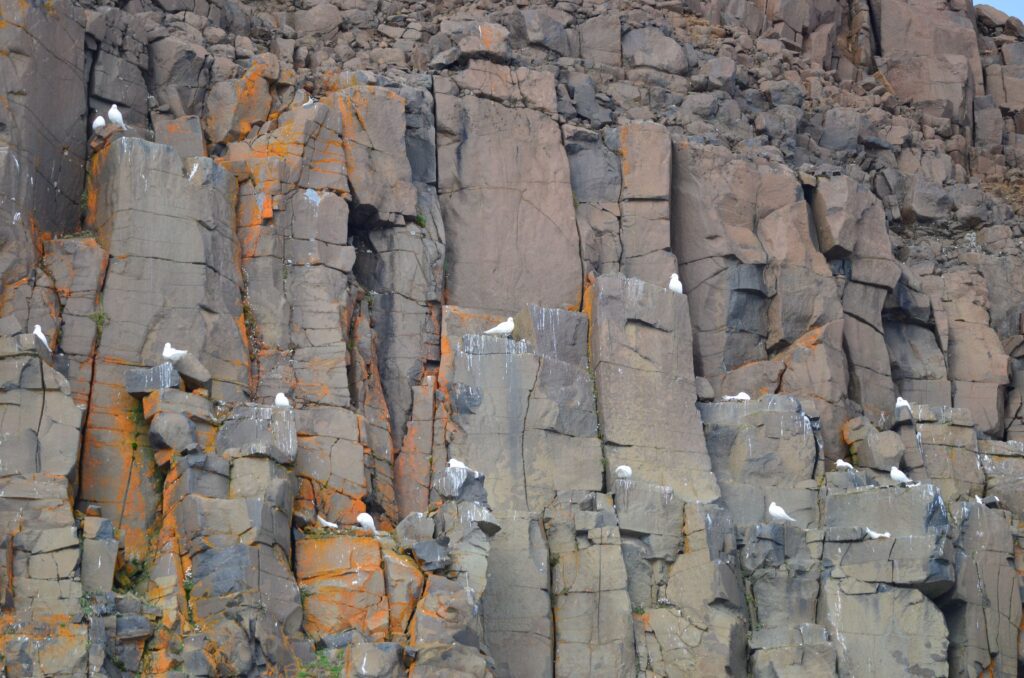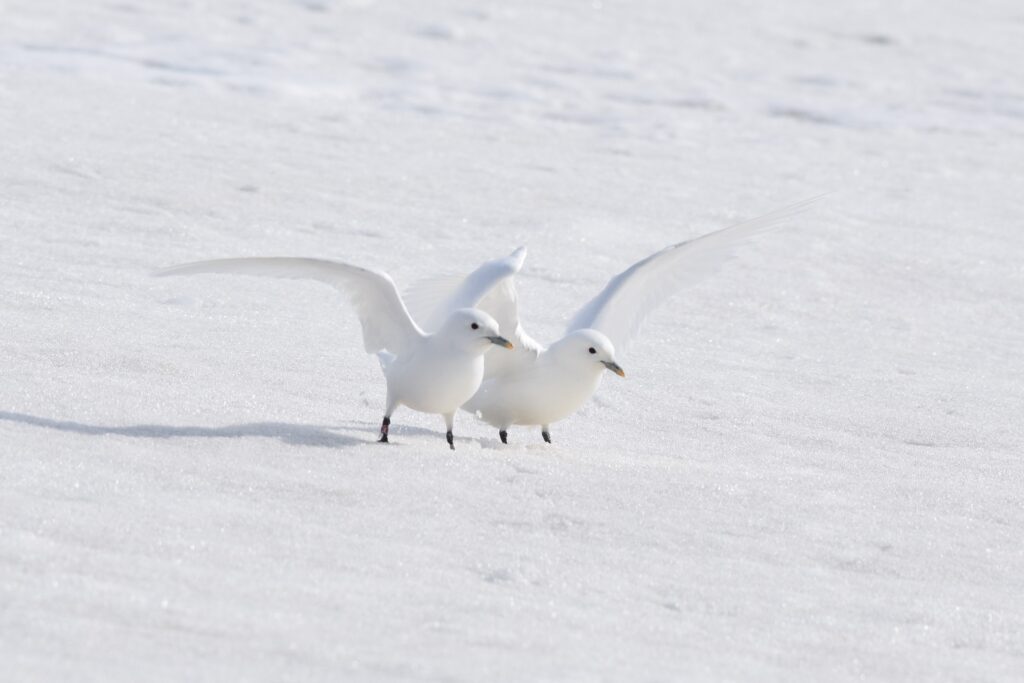Genetic studies examine ivory gull’s global population trend
Ivory gulls often breed in inaccessible locations, making demographic studies very difficult. A new study looks into the global population trends of the species by examining genetic material.
A species in trouble
Genetic data are useful for detecting sudden population declines in species that are difficult to study in the field. Yet this indirect approach has its own drawbacks, including population structure, mutation patterns and generation overlap. The ivory gull (Pagophila eburnea), a long-lived Arctic seabird, is currently suffering from rapid alteration of its primary habitat (i.e., sea ice), and dramatic climatic events affecting reproduction and recruitment. Since ivory gulls live in remote areas, it is difficult to assess the population trend of the species across its distribution. Here we present complementary microsatellite- and SNP-based genetic analyses to test a recent bottleneck genetic signal in ivory gulls over a large portion of their distribution.
No sign of a global decline
With attention to the potential effects of population structure, mutation patterns and sample size, we found no significant signatures of population decline worldwide. At a finer scale, we found a significant bottleneck signal at one location in Canada. These results were compared with predictions from simulations showing how generation time and generation overlap can delay and reduce the bottleneck microsatellite heterozygosity excess signal. The consistency of the results obtained with independent methods strongly indicates that the species shows no genetic evidence of an overall decline in population size. However, drawing conclusions related to the species’ population trends will require a better understanding of the effect of age structure in long-lived species. In addition, estimates of the effective global population size of ivory gulls were surprisingly low (~1000 ind.), suggesting that the evolutionary potential of the species is not assured.
Read the article:
Contact person: Hallvard Strøm, Norsk Polarinstitutt

